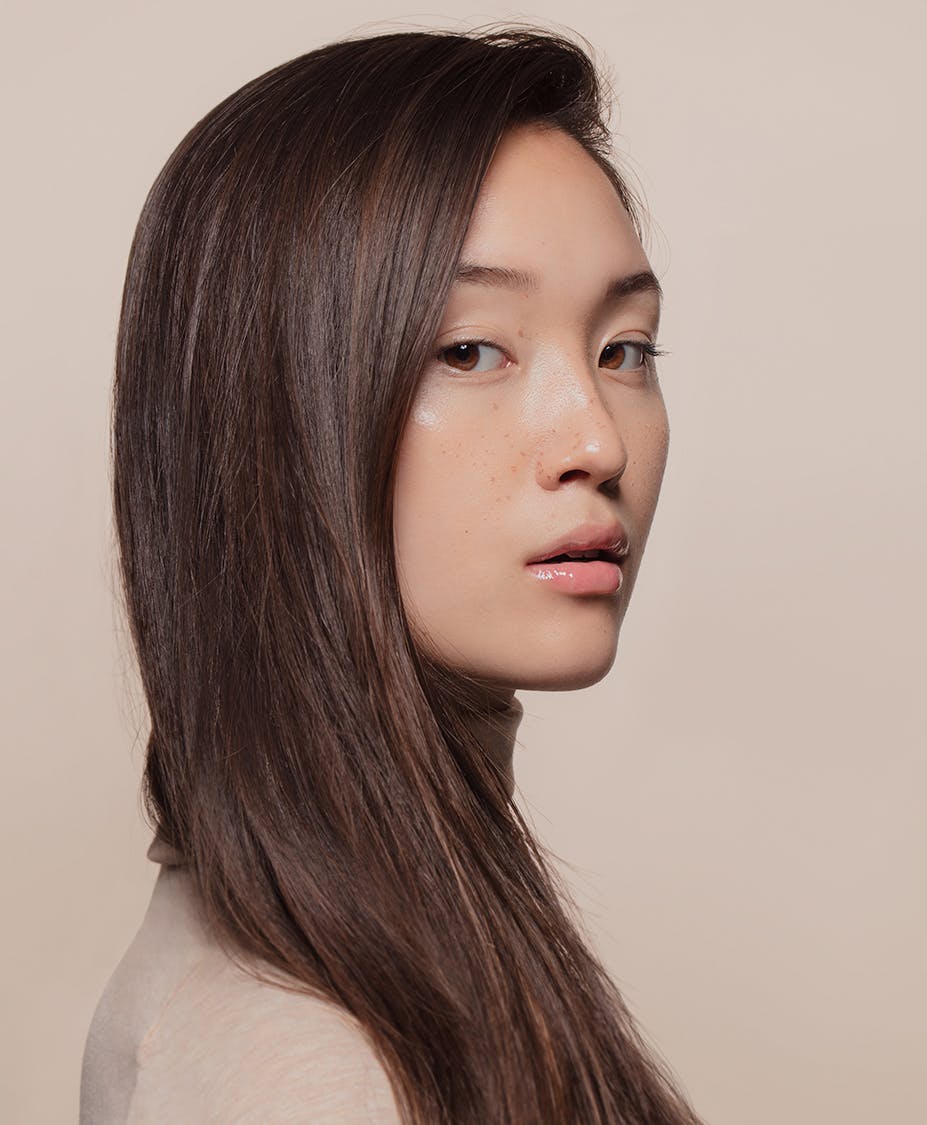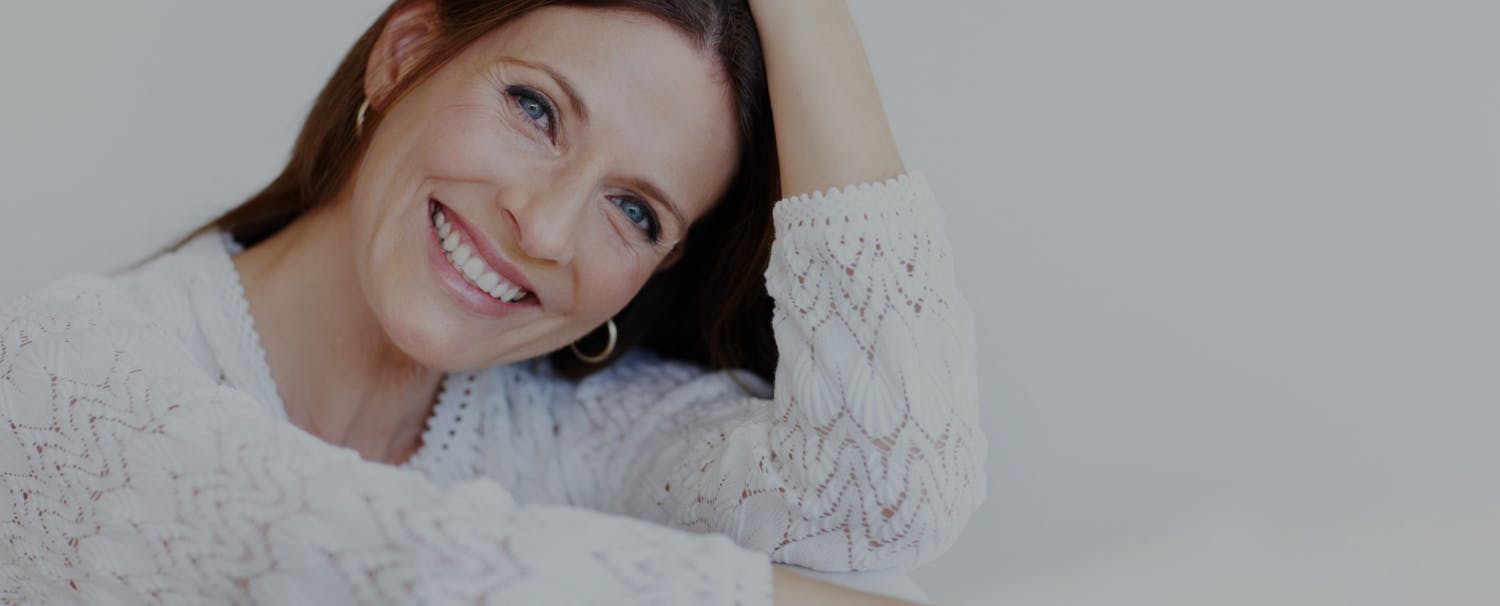How Asian anatomy affects rhinoplasty
The Asian nose is cosmetically and structurally different from a Caucasian nose. Asians typically have a shorter mid-face (the area in the middle of the face below the eyes and above the lip) than Caucasians. Asian noses have a flatter, less prominent bridge; a wider, more-rounded tip, and more flared nostrils. The Asian nose is also placed lower on the face than it is on Caucasians.
Furthermore, the interior of the Asian nose is structurally different from a Caucasian nose. Asians typically have thicker skin and more numerous sebaceous glands (glands that lubricate the skin). Asian noses also have less cartilage, which creates less structure for the nose and results in a flatter appearance.
These cosmetic and structural differences require a surgeon who is highly experienced in Asian rhinoplasty—a medical professional who understands the intricacies of Asian noses. This is one of Dr. Tansavatdi’s specialties.



